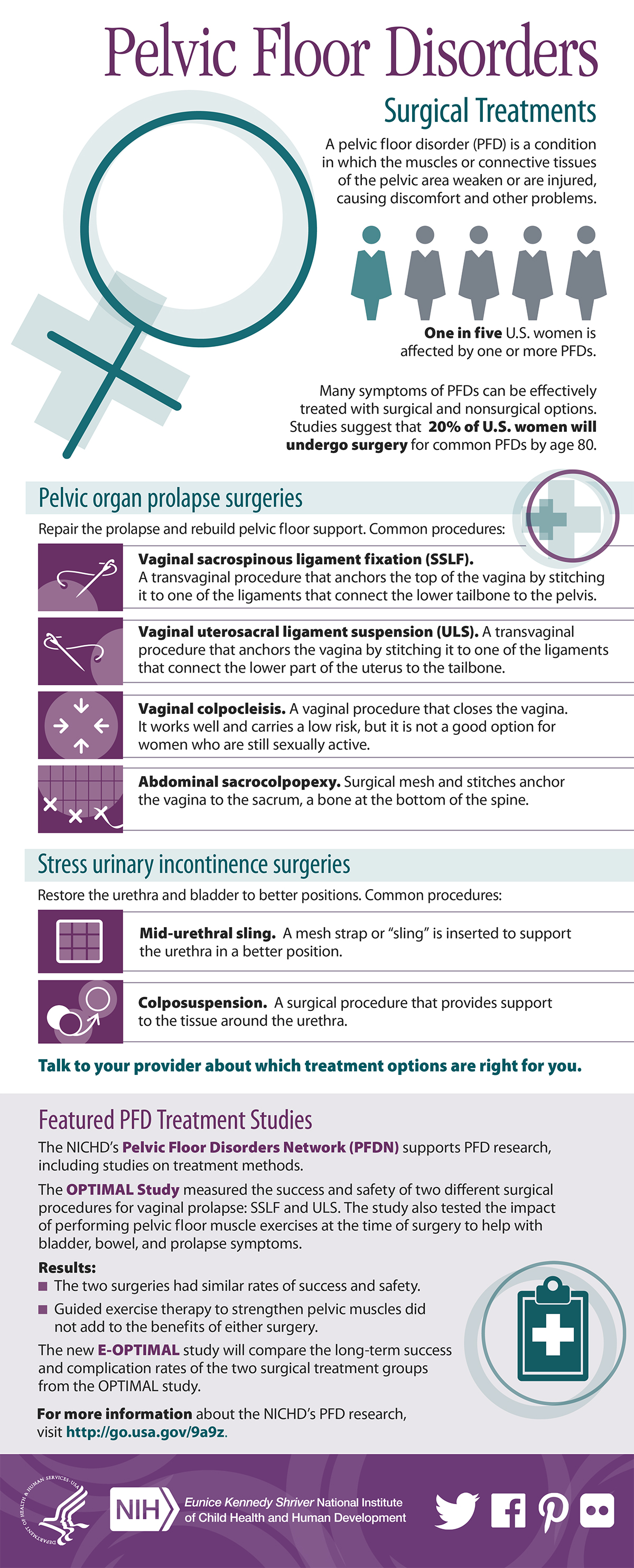Exactly How To Allocate Your Flooring Project: A Practical Overview
Exactly How To Allocate Your Flooring Project: A Practical Overview
Blog Article
Composed By-Leach Blanton
When you're planning a floor covering project, budgeting isn't almost selecting a number; it has to do with recognizing what you truly need and the prices involved. You'll wish to assess your specific demands, research study different materials, and prepare for unexpected costs. Consider exactly how factors like room purpose and setup techniques can influence your budget. Yet before you jump in, there are some essential information you may forget that can dramatically influence your general costs. Let's explore exactly how to navigate these intricacies and guarantee your task stays on track.
Assessing Your Floor Covering Requirements
Before diving right into your floor covering project, it's vital to evaluate your floor covering needs. Beginning by considering the particular locations where you prepare to set up brand-new flooring. Think of the purpose of each room. As an example, bathroom and kitchens call for water-resistant products, while living locations might take advantage of comfort and visual appeals.
Next, examine the status quo of your floors. Are there any type of structural concerns, such as unequal surface areas or wetness problems? Addressing these problems at an early stage can conserve you time and money down the line.
Additionally, remember of the measurements of each area to figure out just how much floor covering you'll require.
Don't neglect to consider your way of living. If you have family pets or young youngsters, durability may be your leading concern, while an extra official area may call for a glamorous coating. In addition, think about your design choices. Do you choose a classic appearance, or are you attracted to modern styles?
Lastly, be realistic about just how much upkeep you're willing to devote to. Some products require even more upkeep than others. By recognizing source website , you'll be better furnished to make informed options as you move forward with your flooring task.
Estimating Costs and Materials
Estimating costs and materials is a crucial action in your floor covering job that can substantially affect your overall budget. Start by determining your space properly to establish how much flooring you'll need. For most materials, you'll locate rates by square foot, so accumulate quotes from different distributors to obtain a sensible figure.
Next, consider the kind of flooring you desire. https://finnbnxhs.win-blog.com/12529134/the-benefits-of-dealing-with-a-knowledgeable-floor-covering-specialist-can-transform-your-project-yet-what-concealed-advantages-are-waiting-for-you-to-find like hardwood, laminate, tile, or rug all featured various rate factors. Research the costs for each and every and consider any type of added products like underlayment, sticky, or change strips.
Do not neglect to include https://knoxrzhnu.techionblog.com/32166645/discover-astounding-environmentally-friendly-flooring-options-for-sustainable-homes-and-learn-just-how-they-can-change-your-room-while-lowering-ecological-effect-which-one-suits-you-best if you're planning a do it yourself installation, as leasing or acquiring devices can contribute to your expenses.
Labor prices are another crucial consideration. If you're hiring experts, obtain quotes from numerous specialists to guarantee you're obtaining a reasonable price. Be clear about the scope of work to avoid unanticipated charges later.
Finally, cement acid riverton to allot a small portion of your budget for any unexpected costs connected to products. By thoroughly estimating your expenses and materials upfront, you'll set on your own up for a smoother and more workable floor covering job.
Planning for Hidden Expenses
Many homeowners neglect the concealed expenditures that can arise throughout a floor covering task, which can result in spending plan overruns. To prevent this, you require to plan for potential added prices.
Initially, take into consideration the problem of your existing subfloor. If it's damaged or unequal, you'll likely need fixings or progressing, which can include substantially to your total expense.
Next off, think of removal and disposal costs for your old floor covering. Numerous professionals charge additional for this solution, so variable that into your spending plan.
In addition, do not forget about the costs of underlayment, which may not be included in the first quote however are important for an effective setup.
You must additionally prepare for unanticipated issues, such as pipes or electrical job if your flooring project includes relocating components. It's important to set aside at least 10-15% of your overall budget for these unexpected expenditures.
Lastly, remember that licenses might be needed for sure installations. Always examine regional regulations to prevent penalties or hold-ups.
Conclusion
Finally, budgeting for your floor covering project is necessary for a successful outcome. By analyzing your needs, approximating expenses, and planning for surprise costs, you'll avoid surprises and stay on track. Bear in mind to set aside a part of your budget for unexpected prices and maintain a thorough malfunction of your expenditures. With careful planning and factor to consider, you'll develop a lovely area that meets your requirements without breaking the financial institution. Happy flooring!
